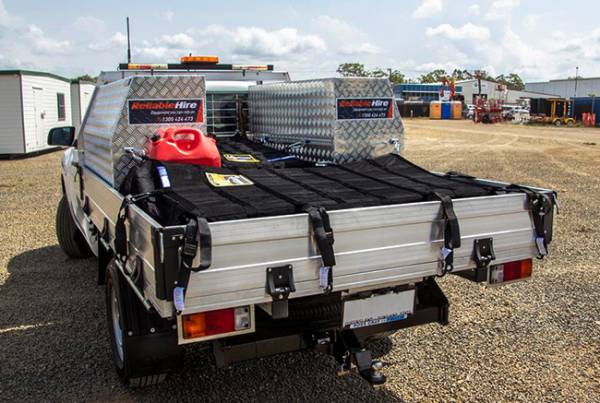Extension vs Platform Step Ladders
Extension and Platform Ladders – What’s the Difference?
When browsing ladders for sale online or wandering through your local Brisbane ladder shop, it might be unclear whether you should get an extension ladder or a step ladder. Both types of ladders can be very useful in the right circumstances, but they are quite different. Understanding what sets them apart from each other – and which tasks are suited to each one – will help you make an informed decision when purchasing your next ladder.
Get to Know Step Ladders
Step ladders are the most popular and most widely used type of ladder. The reasons for this are primarily their versatility and their relative safety. Step ladders have four feet instead of just two, and form a self-supporting A-frame when in use. This makes them more secure, and means they can be used for a wide range of tasks.
A Versatile Solution
Whereas an extension ladder relies on you finding just the right spot for it to lean, a step ladder can be set up anywhere. The benefits of this are two-fold. Firstly, you can use a step ladder to do many jobs where an extension ladder won’t work, such as changing a lightbulb in the middle of the room. Secondly, you can perform tasks like cleaning windows or pruning more securely from a step ladder, because it is less likely to overbalance. Many step ladders also feature moulded shelves for you to rest paint supplies or power tools on while working.
Single or Double
Step ladders can come in either single or double sided models. Double sided models can be very convenient, as they allow two people to climb at once, increasing the range of jobs you can do while atop them. For example, one person could hold a shop sign steady while the other paints it.
Go Higher With Extension Ladders
Extensions ladders do just what they sound like – they extend to provide access to higher areas than even the tallest step ladders can’t. Extension ladders are more commonly used by tradespeople such as painters, gardeners, and electricians. But they can also be useful for jobs around the home that require you to reach a second story window or gutter.
Telescoping Ladders
Extension ladders are composed of two sections, a base and a telescoping section called the ‘fly. Whatever height a ladder has while unextended will almost double once it is fully deployed. It will never fully double, because there needs to be overlap between the sections to create stability. So a ladder that extends to 10 metres will be composed of two 6 metre sections, rather than 5 – the extra metre will overlap to strengthen the centre. Most extension ladders feature a rope and pulley system to allow you to safely and conveniently extend them to the desired height and secure them there before climbing.
Safety Trade Off
The trade off with the extra height is that extension ladders are less safe than step ladders. For one thing they only have two points of contact with the ground, and for another they are usually unsecured at the top. Once you’ve climbed up close to the top of the ladder, this instability only gets worse. When using extension ladders, always be sure to have them at a safe angle to the wall and have a friend or colleague who can hold the base of the ladder.

